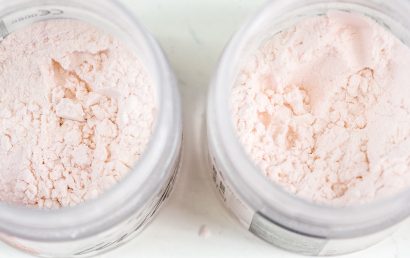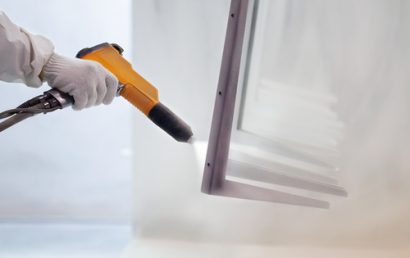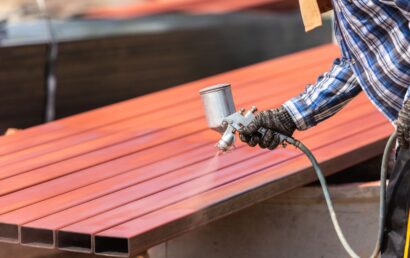Material Spotlight: Alumina Titania
Known for their toughness, composites of titania and alumina also exhibit low thermal conductivity and low thermal expansion. Together, they make alumina titania which, because of the just mentioned properties, is a highly desirable material in the worlds of coatings and construction. When thermal barriers are required, it is used in high-performance applications. It is cryogenically compatible and is an excellent candidate for use as a coating due to its resistance to high-temperature corrosion and its protection against abrasive wear. Additionally, its thermal shock resistance is very high. Coatings using alumina-titania assure a protective surface that offers high performance.
Applications For Alumina Titania
Depending on the company, this coating process is performed by methods such as detonation spraying, HVOF, CVD, PVD, and APS. (A&A Coatings uses a plasma spray process to apply alumina-titania.) It also takes excellent finishes in addition to being a high performance, wear resistant coating. The coatings have a high dielectric strength, offer resistance to most alkalis and acids, and are heat resistant to approximately 1000°F or 540°C.
Further resistance is offered against wetting by common aqueous solutions and corrosion by dilute solutions of alkalis. As mentioned, a beautiful finish can be obtained which is incredibly smooth. Alumina-titania offers a coating where the interparticle bond is high as is the bond strength.
Ceramic coatings, in general, are used in industries such as the following:
- Automotive
- Polymers and plastics
- Power, gas, and oil
- Metal and steel
- Pumps
- Textiles
Characteristics of Alumina Titania
- Surface Preparation – When plasma sprayed, this coating is applied to substances that have gone through a particular cleaning process which uses a light grit blast to remove surface oxides and debris. So important is the cleaning process that without it, the bonding of the coating to the components upon which it is being applied would be questionable.
- Service Temperature – As a word of warning, alumina-titania can become brittle and crack at temperatures in excess of 1000°F or 540°C because of the phase transformation it undergoes. So, obviously, it should not be used at or above those temperatures.
- Thickness Limitation – As is the case with all fine powders, overly thick applications will result in elimination and cracking. That’s why these coatings are applied in very thinly in layers not to exceed .020 inches – 2.025 inches or 0.5 mm – 0.63 mm thick.
- Porosity – Though for corrosive chemical environments the sealing of coatings is recommended, unsealed surfaces have been exposed for five weeks to a salt solution of 2%, and no base material penetration was indicated. Alumina-titania plasma sprayed coatings exhibit negligible porosity.
- Finishing – This plasma sprayed coating can be polished to a 6 – 8 surface finish and can additionally be ground to a required finish size.
All in all, alumina-titania is one of the most popular high-performance ceramic coatings being used in the industry today. It has the ability to transform everyday metal to a surface that is high performance. No matter what surface to which it is applied, it will improve that surface. If you would like to find out more about plasma sprayed alumina-titania, or would like to discuss applying at two components or equipment utilized by your company, contact us at A&A Coatings today.



